Part of living with COPD is having to be extra careful about protecting your body, and especially your lungs, from harm. That means doing everything you can to avoid illnesses, exacerbations, and any environmental conditions that could weaken your lungs or make your symptoms worse.
Unfortunately, with every new season COPD patients have to adjust to new hazards and challenges that come with the change in weather. And with the summer on its way, it's important to know what to expect and how you can prepare yourself for the shift.
The summer weather, in particular, is especially hard for many people with COPD, bringing with it a variety of atmospheric conditions that can be dangerous for your lungs. The extra humidity, smog, and the plethora of new allergens that come in the summer can worsen your symptoms and make it much more difficult to breathe.
The summer weather can also sap your energy and interfere with your ability to exercise and do other activities during the day. The poor air quality and high temperatures can wreak havoc on your lungs, forcing you to be extra cautious about spending time or exercising outdoors.
It's important to keep your lungs working as efficiently as possible when the air is hot and damp, which means protecting yourself from harsh temperatures and pollution in the air. You have to know when to stay indoors, how to keep your home comfortable, and how to keep your symptoms under control.
In this article, we're going to help you get ready for the summer by alerting you to all the unique summer hazards you should be prepared for. We'll show you how to reduce your risk of flare-ups, better manage your symptoms, and even prepare for summer storms.
With some knowledge and preparation, you can make it through the summer without exposing your lungs to toxic irritants or making your COPD worse. By taking some basic, practical precautions, you can keep your symptoms under control, rock the season, and enjoy this summer to the fullest.
Prepare for Poor Air Quality
Heat, air pollution, and humidity all spike during the summer months, and all of these conditions can make it more difficult to breathe. For patients with lung diseases, these hazards can make respiratory symptoms significantly worse, and often make it both difficult and dangerous to spend time outdoors.
For example, according to the Environmental Protection Agency, high levels of particle pollution, which includes smoke and smog, increases the number of hospitalizations among people with heart and respiratory conditions. It also causes a variety of serious symptoms in people with COPD, including coughing, chest pain, and shortness of breath.
However, living with COPD doesn't mean you have to forego the outdoors and all the fun activities you can do in the summer. You can still enjoy swimming, hiking, and other outdoor activities as long as you know your limits and plan them right.
In this section, we're going to help you learn how to spend time outside while minimizing your symptoms when you're outdoors. We'll show you how to monitor your local weather and air quality so you can make safe and healthy decisions about when to go out and when it's best to stay indoors.
Enjoy the Outdoors During Cooler Times of Day
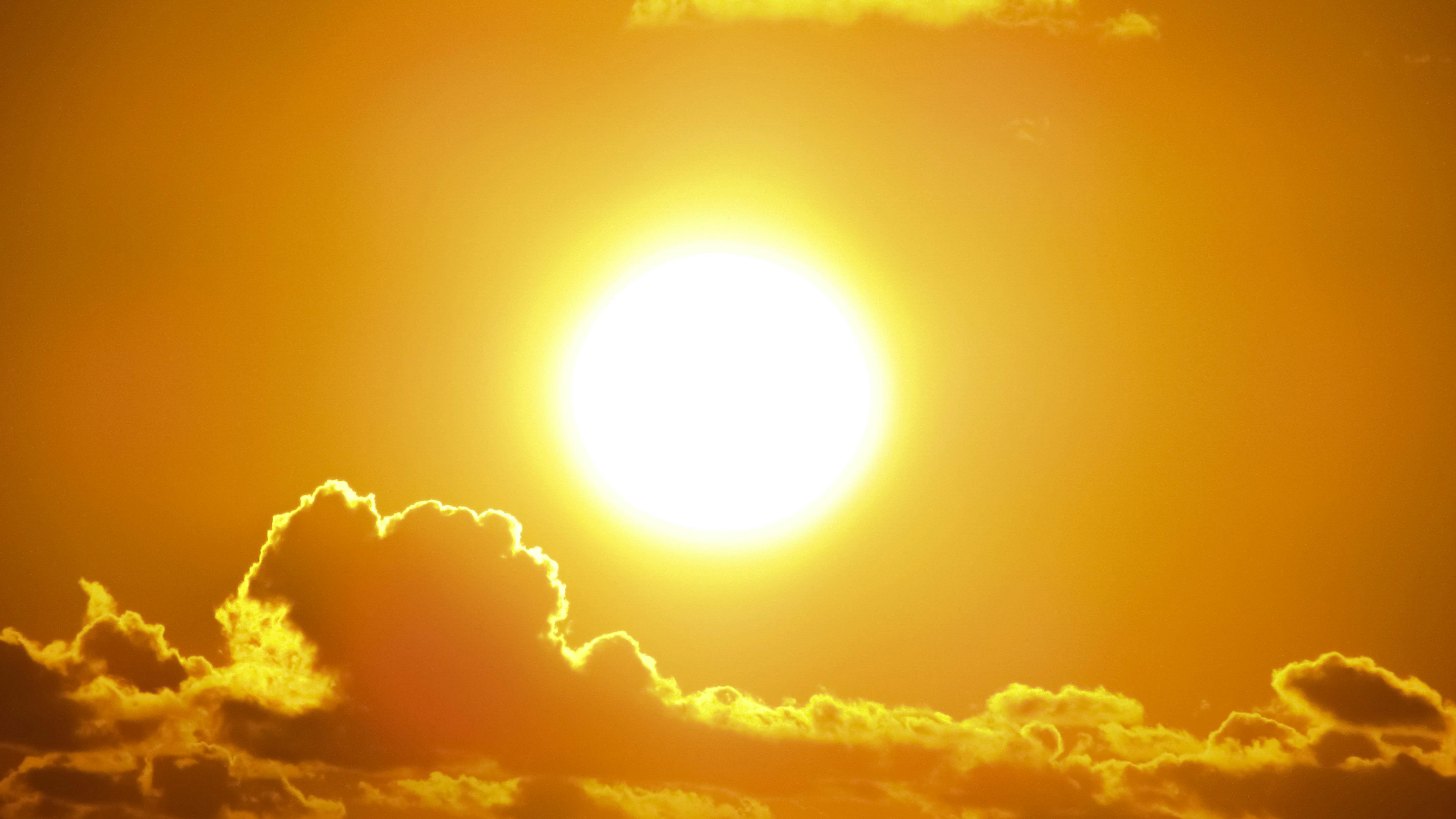
Spending too much time out under the hot, summer sun can worsen COPD symptoms like breathlessness, coughing, and fatigue. This happens because, as your body overheats, your lungs have to work extra hard to help your body cool down.
The warm environment alone can make breathing a challenge, especially when you suffer from a respiratory condition like COPD. Hot air can irritate your lungs and cause them to spasm, constricting your airways and blocking oxygen from flowing through. This can cause bouts of coughing and wheezing and make it much more difficult to breathe.
When you have COPD, it's important to avoid the heat so you can keep your body and your lungs running at maximum possible efficiency. Otherwise, symptoms like fatigue and shortness of breath may get the better of you and lead to flare-ups or even serious exacerbations.
In the summer, this means staying indoors and limiting your physical activity when the weather outside is too hot. However, that doesn't mean you have to trap yourself indoors all day during the summer.
The trick is to avoid going out during the hottest time of day and during especially bad heat spells. Instead, plan outdoor activities and exercise during the early mornings and early evenings, instead of in the middle of the day.
To plan ahead, you can check your local weather archives and find patterns in how the temperature changes throughout the day. Using records of past year's weather and paying attention to hourly temperature forecasts, you can pin-point the best and coolest times of day to go outside at different points during the season.
Find a Good Source for Weather and Air Quality Forecasts
Besides paying attention to the temperature, you should also watch out for days with high humidity or air pollution. Summer is usually the most humid time of the year, and it's also the prime season for pollen, mold, and smog.
Your local air quality can vary significantly from day to day, depending on the temperature, wind patterns, and other environmental factors. Even allergens vary in severity throughout the season and can spike unexpectedly depending on the weather.
Luckily, you can always monitor your local air quality conditions by watching your local weather channel or by checking the forecast daily online. There are a variety of websites that provide detailed reports, including levels of pollution, humidity, and allergens, to help people like you avoid hazardous conditions.
To prepare for this summer, you can even take a look at past weather and air quality archives to get a better idea of what the summer will be like where you live. You will likely notice patterns in how humidity, allergens, and pollution levels vary throughout the season that you can use to plan your summer activities.
Here are some online resources you can use to check the daily air quality and humidity in your area:
- Visit airnow.gov to check your local air quality index. This website is run by the EPA and uses an intuitive scale (from “good” to “hazardous”) to help you quickly understand the risk.
- Visit pollen.com for local allergy and pollen forecasts. There, you can get a general allergen rating (from low to high allergen risk) and even a list of the top allergens (e.g. oak, ragweed, etc.) in your area.
- You can check the weather and temperature history for your zip code by using this tool from Weather Underground. It can give you detailed information about temperatures and weather from past years, and even includes graphs showing you hour-by-hour temperatures from past dates. You can use this information to figure out the coolest times of day for different parts of the summer and get a better idea of what kind of weather to expect.
Set Up Weather and Air Quality Alerts
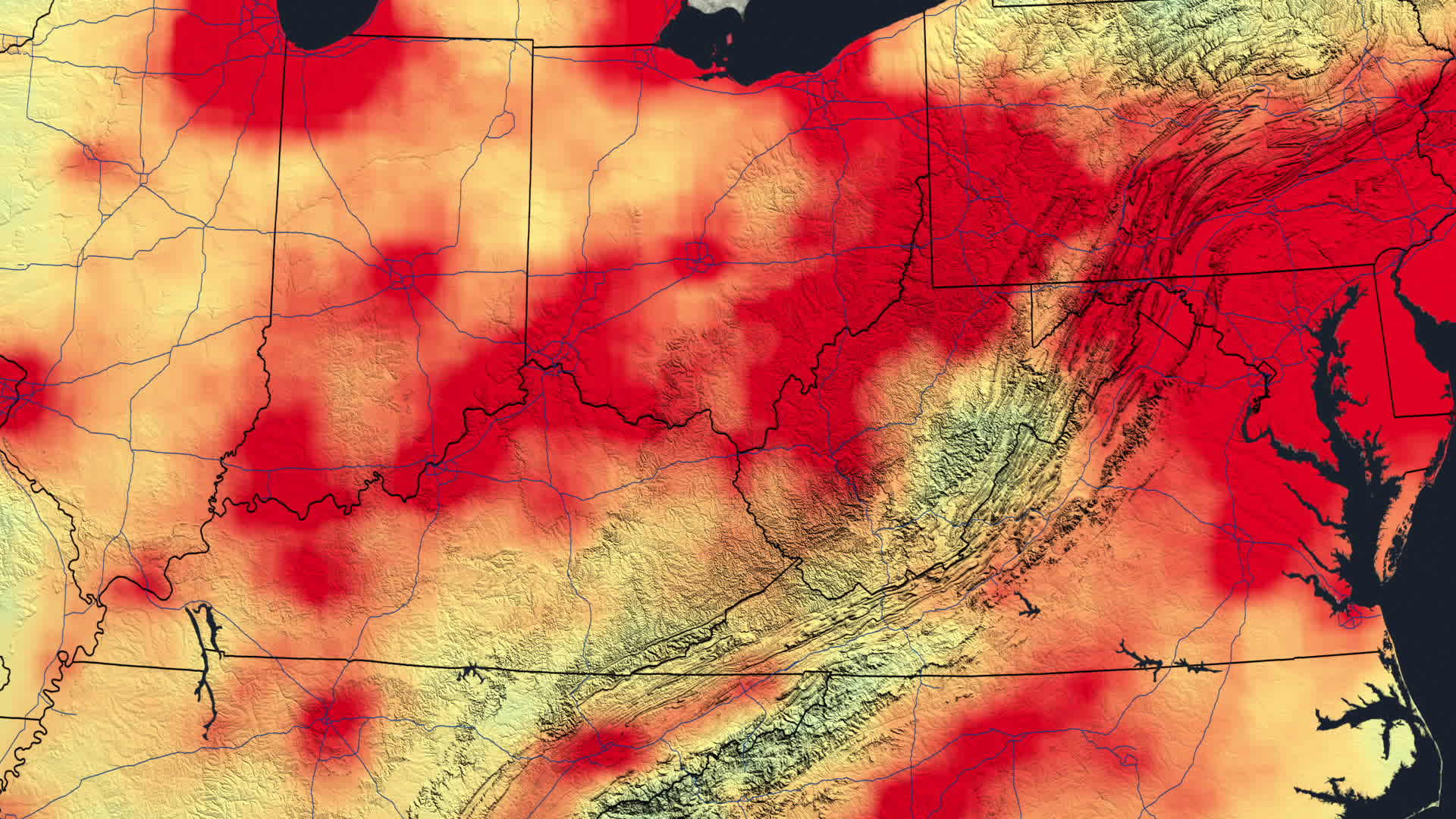
There are a variety of Android and iPhone apps you can use to track weather and air quality on your phone. These apps give you a convenient way to monitor outdoor conditions on the go or from your home.
Having the weather and air quality on a mobile app can help you remember to check and plan around poor conditions. Some apps will even push alarms to your phone to warn you of air and weather hazards in real time.
There are dozens of apps on both the Google and iTunes app store dedicated to weather, pollen, and air quality forecasts. Here are a few examples of apps that can be particularly useful for people with COPD.
Plume Air Report
Plume Air Report is an app available for both Android and iPhone mobile devices that gives you real-time data on air pollution for any city in the world. It also tells gives you basic information on the local temperature, wind, and humidity levels.
Plume is simple, straightforward, and easy to use and navigate. It's a great all-in-one app for weather and air quality to help you determine whether it's safe to spend time or exercise outdoors.
WebMD Allergy App
The WebMD Allergy App tells you everything you need to know about pollen and other allergens in your area. It is available for both iPhone and Android and provides up-to-date data on weather and allergen levels.
This app is great for people with seasonal allergies and even people with allergies to dust and mold. It even separates allergens by category, showing you the concentrations of different types, including allergens associated with grass, trees, weeds, dust, dander, and mold.
The WebMD Allergy App also lets you record your allergy symptoms every day to help you monitor your health. This is a great way to track the severity of your symptoms, learn what you're most sensitive to, and get a better idea of how your allergies affect your COPD.
BreezoMeter Air Quality Index
The BreezoMeter app gives you detailed air quality reports you can use to plan outdoor activities and minimize your exposure to airborne pollutants. It includes current air quality data, future air quality forecasts, and detailed air quality maps that can show you the air conditions down to the street level.
The BreezoMeter map even provides personalized, practical health tips based on your local air quality to help you avoid hazards and plan your day. It can also send you alerts when the air quality changes and allows you to monitor the air in multiple locations at once.
Avoid Hazardous Temperatures, Weather, and Pollution
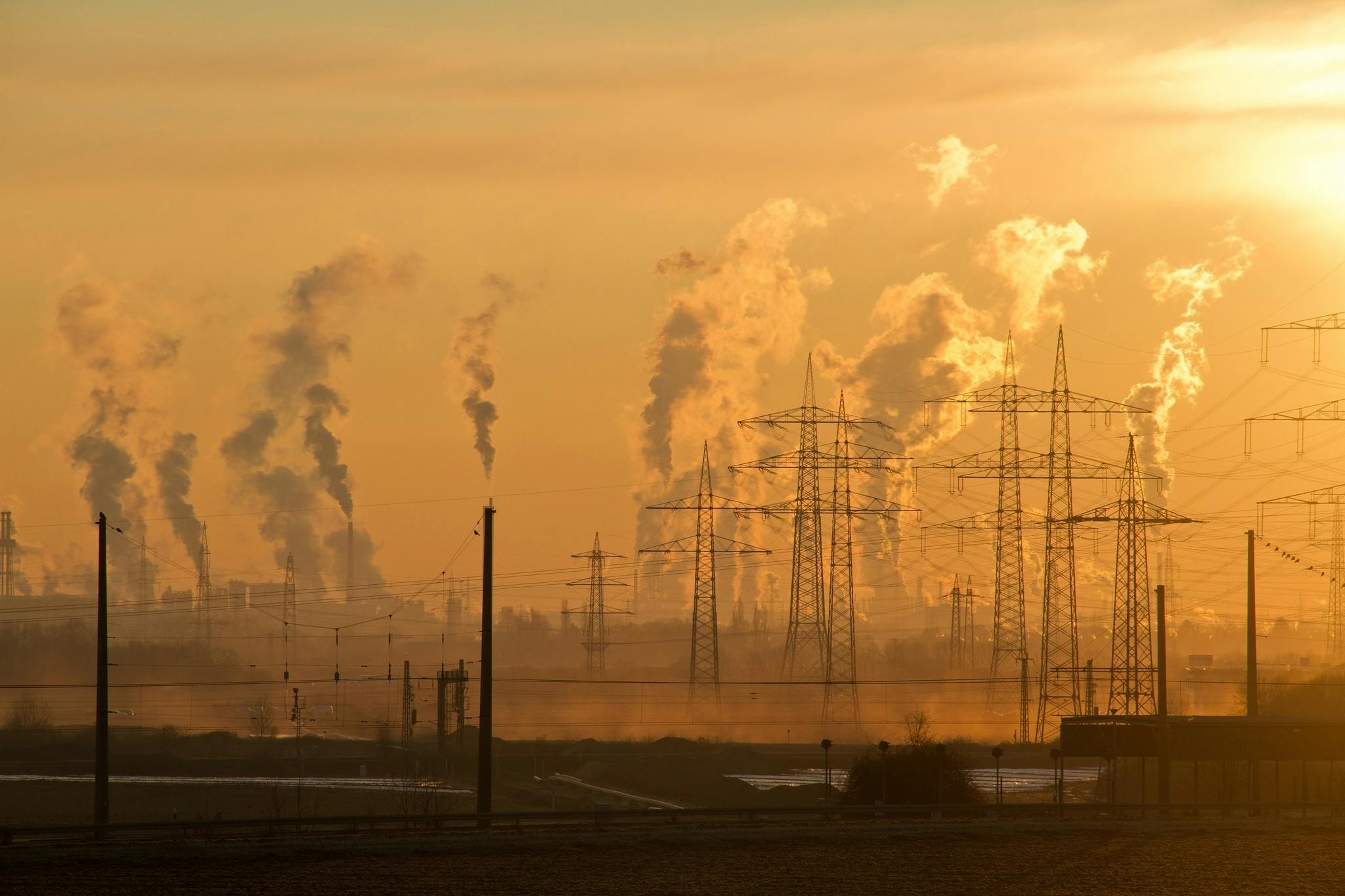
Depending on where you live, the temperature and air quality might vary vastly from day to day or even between morning and evening. But once you've found some good sources for air quality, allergens, and weather alerts, you can begin to work your days and summer plans around the hazards.
Air pollution and extreme heat or humidity can have a significant effect on your COPD, worsening your symptoms and even leading to serious exacerbations. In fact, even if you don't notice its effects in the short term, polluted air alone can make you more prone to getting respiratory infections, raise your risk of heart attack, and increase your chances of needing to be hospitalized.
The dangers of heat, humidity, and poor air quality go up depending on three main factors: the severity of the weather or pollution, the length of time you spend outside, and how much physical exertion you do. For example, taking a short walk or sitting outside on a hot or humid day isn't nearly as dangerous as doing vigorous exercise or spending an extended amount of time in the heat.
Use local forecasts to help you plan outdoor exercise, sports, and activities for times when the temperatures are expected to be mild, humidity is low, and the air quality is good. That might mean limiting outdoor activities in the afternoons and going out during cooler times of the day.
You can use the trends from past years to help you plan things further out, such as sporting leagues, exercise schedules, and vacations. For shorter-term plans, you can use week-long weather and air quality forecasts to figure out what days and times you should avoid spending time outdoors.
Here are some tips for planning your activities around hazardous weather and air conditions:
- Check your air quality forecast every week and note any days that are supposed to be particularly bad. As you plan activities and outings, avoid planning anything on hazardous days that involves physical activity outdoors or requires you to spend too much time outside.
- Protect yourself from the heat by figuring out what parts of the day are the coolest and planning any outdoor exercise, work, or other activities during these times.
- Take care when doing lengthy outdoor activities or heavy exercise, in particular. Make an effort to plan them on days with the most favorable conditions.
- Save lengthy walks, gardening, lawn work, outdoor sporting events, and other activities that keep you outdoors for extended periods of time for cooler days. They are too risky to do in hot, humid, or polluted air.
- Always check the allergen and pollution levels in your area before opening up windows and doors in your house. Airing out your home is a great way to let in cool, fresh air, but if the air quality is poor, you'll just end up filling your home with pollen and airborne irritants.
- During heat spells or very hot days, make sure you have an air-conditioned, indoor place to spend time in. If you don't have air conditioning or it stops working during the heat, leave the house and go somewhere public that has A/C (such as the library, mall, movie theater, a restaurant, or a coffee shop).
- If you like to exercise outdoors, shorten the length of time you spend outside in the heat and take more frequent breaks. You may need to break up your exercise into smaller chunks and spread them out during different times of the day.
- On days with high pollution or allergens, exercise indoors instead. For example, you could go the gym, do aerobics in your living room, or find a large, indoor place to take a walk.
Talk to Your Doctor About Preparing for Summer Hazards
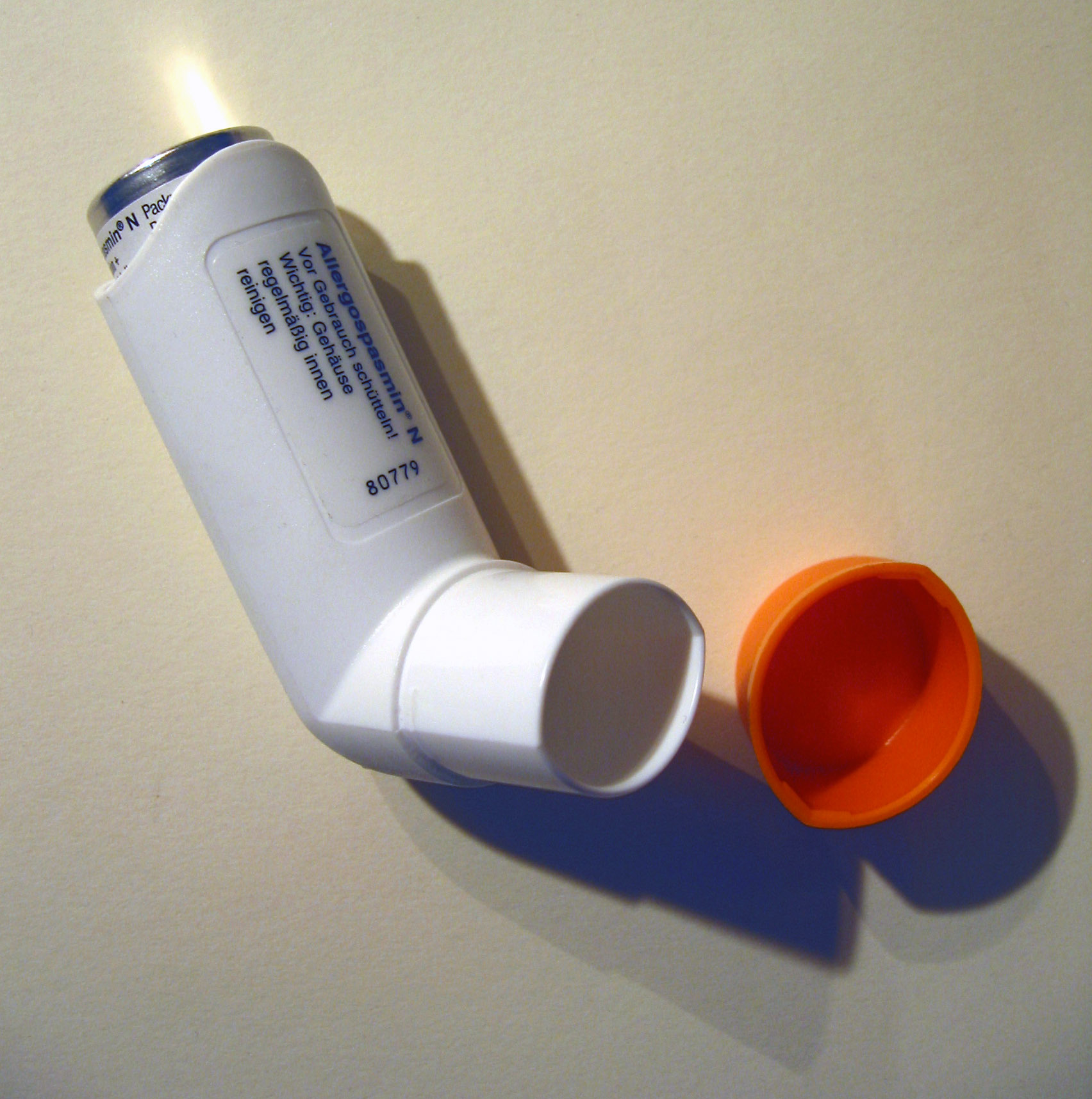
As you prepare for the summer weather and the various respiratory hazards it brings, you should talk to your doctor about any concerns you have. For instance, if you are worried about allergies, flare-ups, or how much exercise you should do in the heat, your doctor is the best source of advice.
To help you get physical activity, your doctor can help you work out a feasible exercise schedule for the summer that takes the weather and heat into account. Your doctor can also help you find activities that are safe and healthy for you to do based on your personal medical history and physical condition.
You can also ask your doctor to help you prepare for allergies and flare-ups so you can minimize your symptoms when the summer respiratory irritants come. He may also be able to give you a prescription allergy medication or an emergency inhaler if you are prone to serious flare-ups.
By working with your doctor, you can make sure you have everything you need to keep your symptoms under control when it gets hot, humid, or the smog rolls in. If your doctor prescribes you s rescue inhaler, keep it and any other quick-relief medications with you at all times in case you encounter poor air conditions or experience a surprise flare-up.
Prepare for High Temperatures and Humidity

Exposure to extreme temperatures can be hard on your body, especially when you suffer from a chronic disease. That's why people with COPD should avoid going outside when the weather is especially hot and humid.
Regulating your body temperature is taxing on your body and puts extra strain on your respiratory system in particular. To keep your lungs working as efficiently as possible, you have to be extra careful to protect yourself out in the heat.
There are many ways to do this while still enjoying the warm summer sun and and your favorite outdoor activities. The following tips will help you keep breathlessness and fatigue at bay without having to shutter yourself in the whole summer.
Know the Signs of Heat Stroke
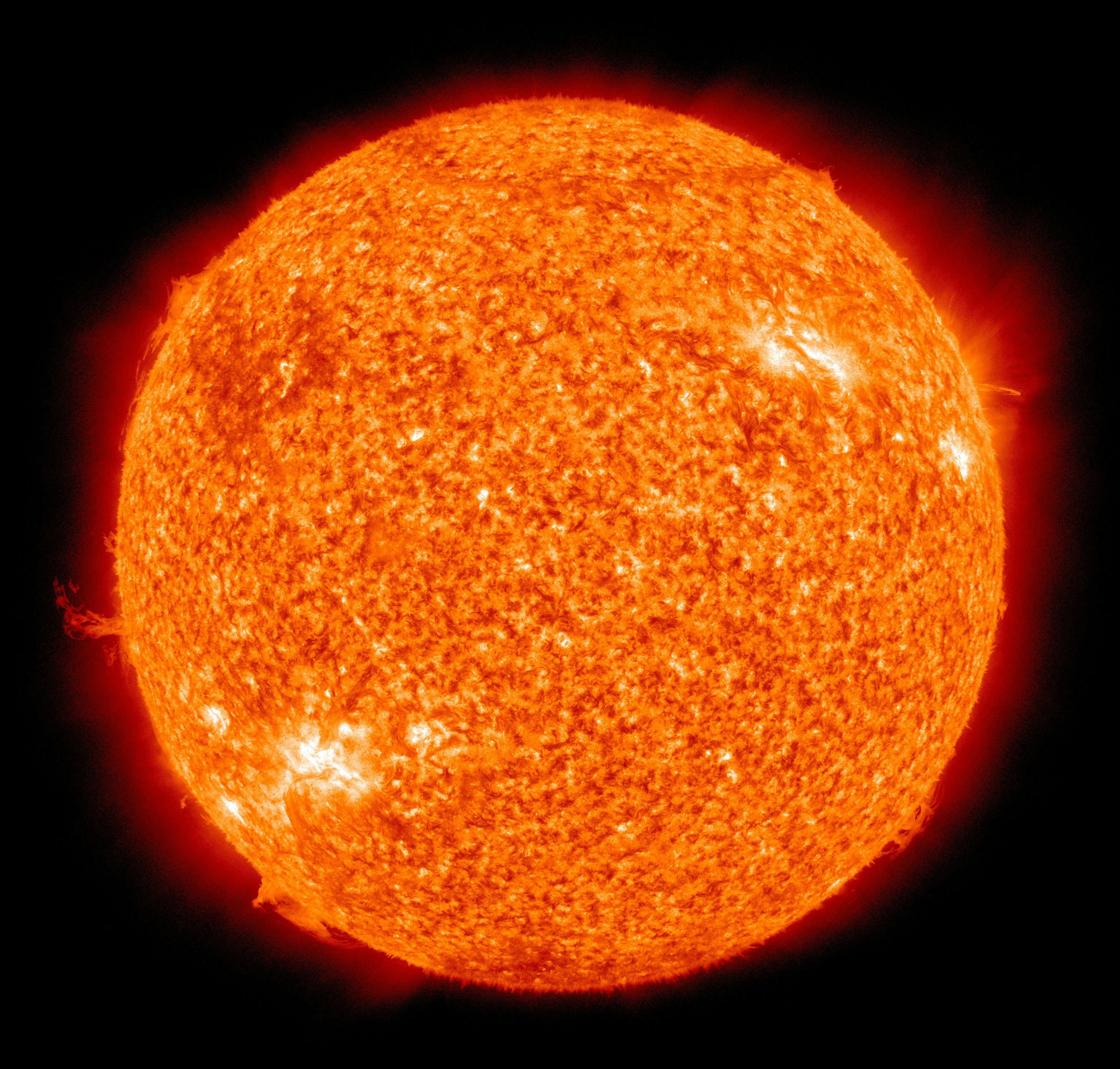
The symptoms of heat exhaustion and heat stroke can be subtle and easy to miss, especially if you have COPD. Symptoms like fatigue and shortness of breath can be mistaken for normal COPD symptoms instead of a dangerous sign of heat exhaustion.
Heat stroke can strike suddenly, which is why it's so important to know the signs and symptoms and pay close attention to your body whenever you're out in the heat. Be on the look out for symptoms in yourself and others and take care not to exert yourself too much.
Heat exhaustion is not as severe as heat stroke, and the symptoms can be mild or severe. However, experiencing heat exhaustion when you have COPD puts you at a higher risk for serious complications.
Luckily, avoiding heat exhaustion is a simple matter of monitoring your body and taking care of yourself in the heat. Drinking plenty of water, replenishing your electrolytes regularly (with salty food or sports drinks), and taking frequent breaks in the shade can all significantly reduce your chances of heat stroke.
Here are some of the most common symptoms of heat exhaustion and heat stroke:
- Dizziness or feeling faint
- Nausea or vomiting
- Headache
- Fatigue
- Fainting
- Pale or flushed face
- Weak, rapid pulse
- Muscle cramps or weakness
- Heavy sweating with cold, clammy skin
Wear Appropriate Clothing

How you dress can significantly affect your temperature and how you feel outside in the heat. Clothes that are tight or heavy will make you overheat more quickly, while light, loose clothes will help you stay cool.
When you go outside on hot days, make sure to wear light-colored, loose-fitting clothes that give you space to move and room to breathe. Clothes that cinch or are too tight will be very hot under the sun and make it more difficult for you to move freely and breathe comfortably.
To prepare for the summer, fill your wardrobe with light, airy fabrics and pale colors that reflect light rather than absorb it. It may also be a good time to go through your old clothes and get rid of items that don't fit or restrict your breathing.
A hat is another great clothing accessory to have when you're out in the summer heat. A wide-brimmed hat gives you the most protection from the sun, but a visor or baseball cap can help you stay cool as well.
Stay Hydrated
When you're outside in the heat, it's easy to get dehydrated without even realizing it. If you don't make a special effort to drink plenty of water, you could end up with worsened shortness of breath, coughing, and fatigue.
Dehydration strains both your body and your lungs, and also dries out the mucus in your airways. This worsens airway obstruction and makes it even more difficult to breathe, which makes physical exertion dangerous in the heat.
It's important to take dehydration seriously when you suffer from COPD, because it can severely exacerbate existing breathing troubles. Make it a goal to drink extra water during the summer and bring a water bottle with you anytime you leave the house.
Take Breaks
When you're outside in not-ideal weather, such as excessive humidity or heat, it pays to be extra cautious. You may need to limit your physical exertion or take more frequent breaks to keep your COPD symptoms under control.
As soon as you feel too fatigued or feel like you are having trouble catching your breath, stop whatever activity you are doing and retreat to a sheltered place where you can rest. Use any rescue medication you have if needed and don't exert yourself again until your respiratory ailments have passed.
If you feel overheated, find a shaded or air conditioned spot immediately, and drink some cold water to cool down. Don't go outside again until you are well-hydrated, rested, and your body temperature feels normal again.
It's important to stay in tune with your body and be able to recognize the signs of a flare-up. If you catch your symptoms worsening early and take appropriate action, you are much less likely to experience serious symptoms or have to be hospitalized for an exacerbation.
Keep Your House Cooled
Depending on where you live and how your house is designed, it can be a challenge to cool your house during the worst of the summer heat. Sometimes, the A/C just can't keep up with the sweltering heat and the hot sun beating down on your house.
If you have COPD, it's very important for your lungs to keep your house at a cool, comfortable temperature when you're at home. Fortunately, there are a variety of simple techniques you can use to keep the heat out and take give your A/C unit a break.
Short-Term Strategies
First of all, when the sun is beating down, make sure you keep your window blinds and shutters closed. This will prevent the sunlight from shining through and warming up the air inside your home.
You can also cool down and air out your house at night by opening up the windows after the sun goes down. However, you have to be strategic about which windows you open and close to make this method effective.
Since hot air rises, you'll want to open windows on the ground level on a shaded side of your house, which allows cooler air to flow in. You need to also open up windows on the other side of your house (preferably on the second floor, if you have one) to allow the rising hot air to escape.
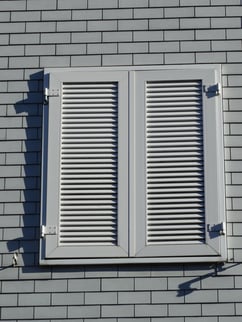
However, before opening your windows to air out your house, you should always check your local allergy, air quality, and humidity reports. If any of these are at hazardous levels, you are better off keeping your windows closed to keep airborne irritants and humidity out.
Long-Term Strategies
As you prepare for summer, you may want to install extra blinds, shutters, or curtains on bare windows to keep out the hot summer sun. You might also want to add extra insulation to your windows and doors and replace any damaged window coverings or weather stripping.
You can even get special kinds of shutters for your windows that help control the flow of air from your windows. Evaluating the design of your house and getting the right type of shutters can be a great investment; it gives you much more control over the climate in your home using nothing more than windows and the basic principles of physics.
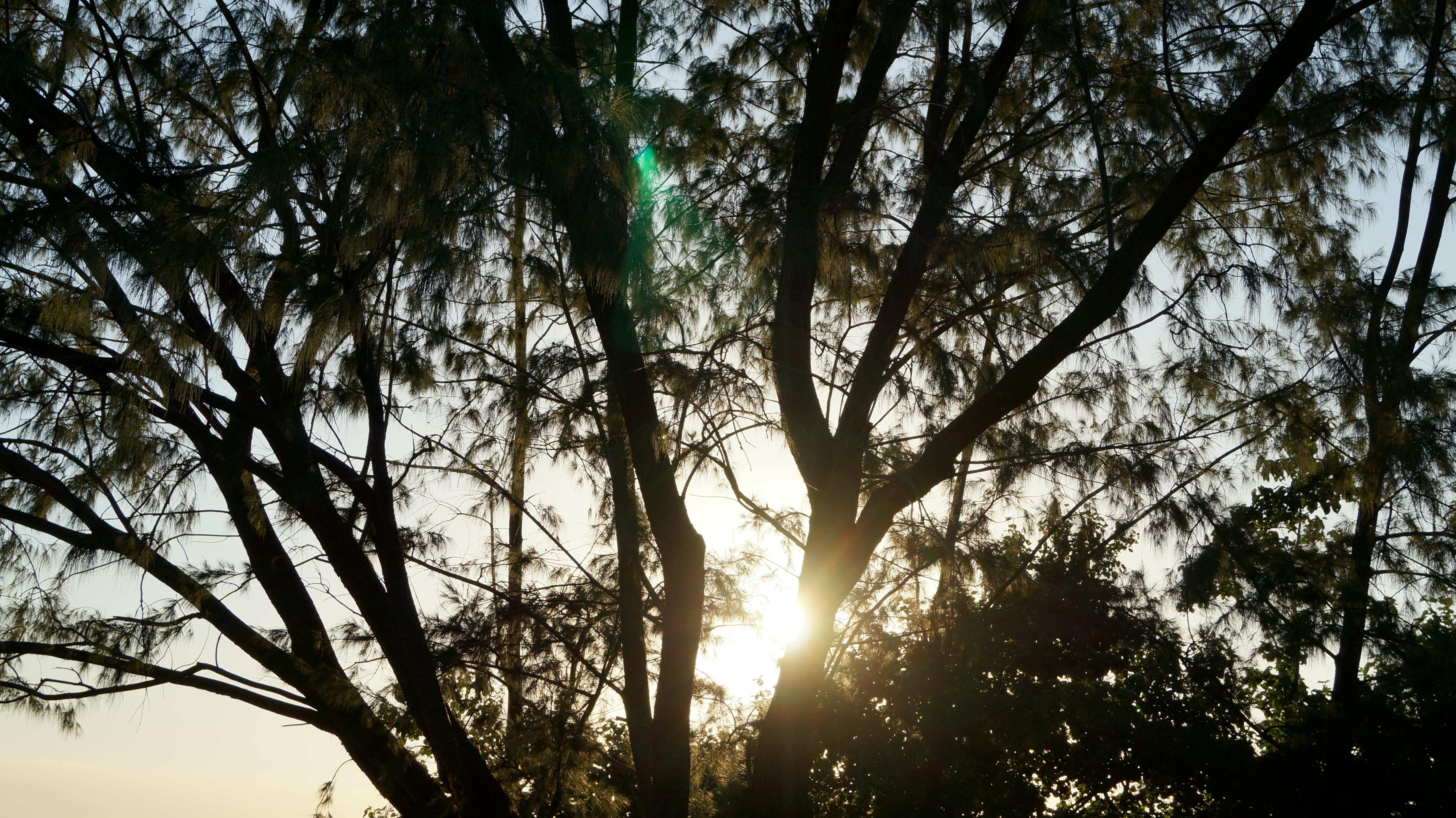
Simply planting a six- to eight-foot deciduous tree near your house is often an effective way to shade your windows and walls. After five to ten years, depending on the type of tree you planted, your shade tree can grow tall enough to protect your roof, as well.
Always Have a Way to Call for Help

Always make sure you have a working phone in your home in case you need help or medical attention during the summer. If your house gets too hot, your A/C goes out, or you experience a serious flare-up, your phone is your best life-line if something goes wrong.
Make sure you always keep your phone charged in case of emergencies and, if needed, have friends or family call regularly to check in. It's also a good idea to keep an extra, charged phone battery or external battery pack around in case of a power outage.
Also, talk to friends and family about what you can do in the case of a power outage or, especially if you have severe COPD. If you have somewhere to go and someone to rely on in the case of emergency, you will be much safer and less likely to experience complications as a result of your disease.
Control Your Indoor Environment

The summer months are often the prime time for humidity, allergens, and other airborne particulates. If you have COPD, this can worsen a variety of symptoms, including coughing, breathlessness, excess mucus, and fatigue.
Humidity makes the air feel heavy and difficult to breathe, and that's not something you want to experience inside your home. That's why it's important to keep your house at a comfortable temperature and control the moisture in the air when possible.
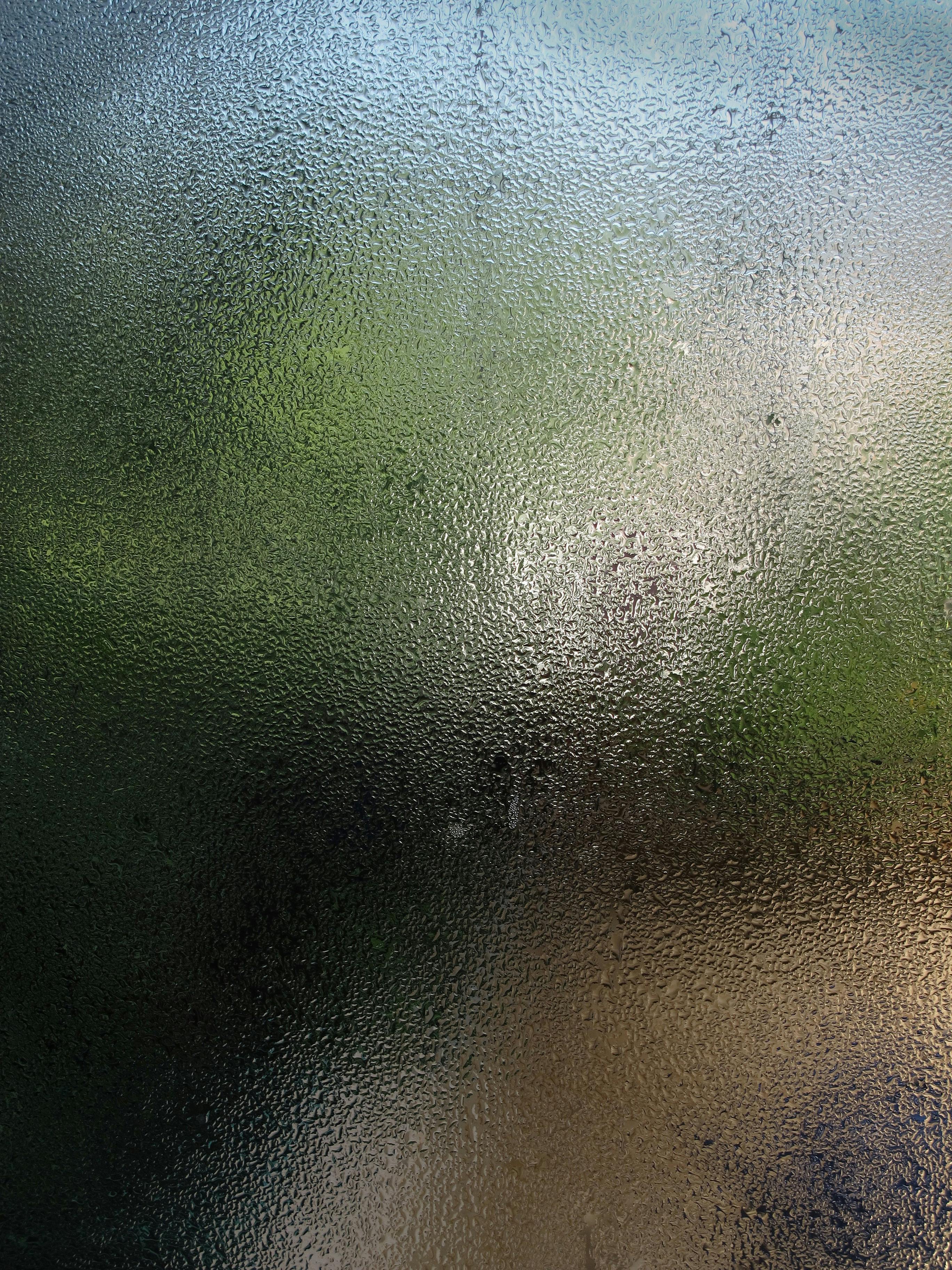
Allergens, pollution, and airborne particles can also invade your indoor environment if you aren't careful and wreak havoc on your lungs. But with the right habits and regular cleaning, you can minimize the amount of dust, allergens, and pollutants that contaminate your air at home.
Tips for Controlling Humidity in Your Home
- A humidistat is a device that reads the humidity level in your home. Consider getting one for your house so that you can more easily monitor the humidity and adjust it to an ideal level for your lungs.
- Run your air conditioner on humid days; most basic A/C units remove a noticeable amount of moisture from the air.
- Check your A/C filter regularly; if it gets clogged, it will not be as effective at dehumidifying the air.
- Get a dehumidifier to use when the air conditioner isn't enough to keep humidity at bay. A small, inexpensive dehumidifier can work great for small rooms on humid days, but you will need a larger, more pricey humidifier for your HVAC system to have a significant affect on the whole house.
- Try to keep the humidity in your house below 70%, which is the point at which dust mites and mold can thrive.
- Keep your windows and doors shut to keep moisture out when the humidity outdoors is high.
- Always open a window or turn on a venting fan to allow moisture to escape when you take a shower. If you don't have a vent fan, propping up a small fan next to an open window will vent the room more efficiently.
- Install vents to allow humidity-producing appliances like your dishwasher and clothes dryer to release moisture outside, instead of inside your house.

Tips for Reducing Allergens and Airborne Particulates in Your Home
- Keep your doors and windows shut whenever allergen, dust, or pollution levels are high.
- Take off your shoes and over-clothes whenever you come inside. This prevents you from tracking dust, allergens, and other particles from the outdoors into your home.
- Check your home regularly for mold, which thrives in humid conditions. Mold tends to hide in basements, carpet, bathrooms, and other areas that trap moisture.
- Vacuum, dust, and wipe down the surfaces in your home more frequently during the summer to remove pollen, dust, and other irritants.
- Get a good quality air filter for your HVAC system and pay attention to what kinds of particles it traps. Some filters only catch large particles like dust, while others can catch smaller particles like pollen and mold spores.
- If you suffer from allergies or worsened symptoms when you're at home, you might consider getting an electric air purifying machine. You should also check for build-up in your air ducts and pay a professional to clean them if needed.
- Always clean up water leaks and spills as quickly as possible. Anything that stays damp for more than 24 hours is guaranteed to start growing mold.
- Remove your clothes and take a shower after spending extended periods of time outside in order to wash off any pollen, dust, or other contaminates that could affect your COPD.

Prepare for Power Outages
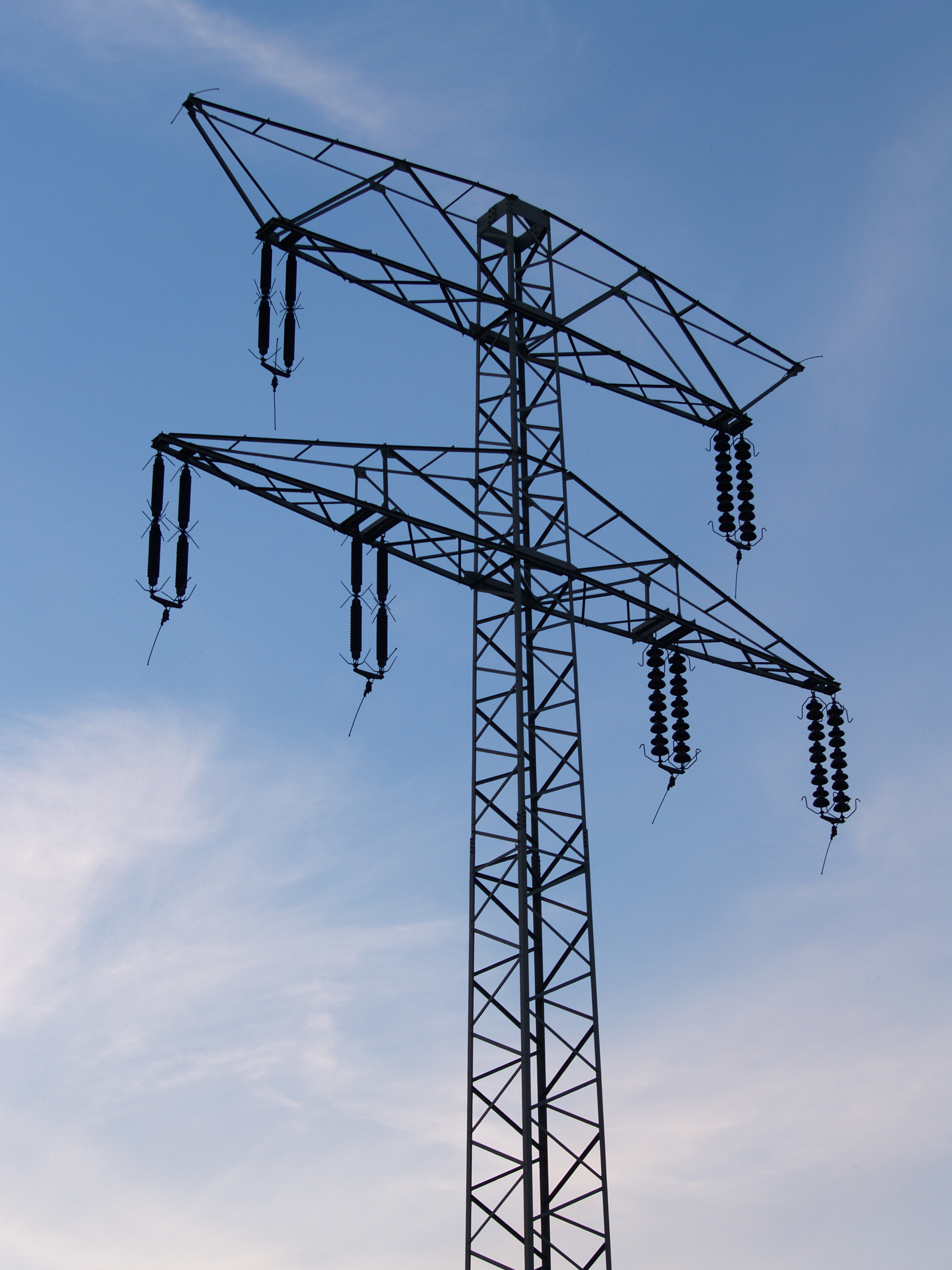
Power outages can be dangerous for people with COPD for a variety of reasons. They also tend to be more common in the summer due to the increase in storms and inclement weather.
Some people never think about what will happen during a power outage until it happens, and then they find that they're not prepared. If you have COPD, you can't afford to take that risk, and you should have everything you need on hand before the power goes out.
In this section, we're going to show you how to be prepared in case you ever lose power this summer. We'll tell you what to expect, what supplies you need, and what to do if you use supplemental oxygen.
Get Emergency Supplies
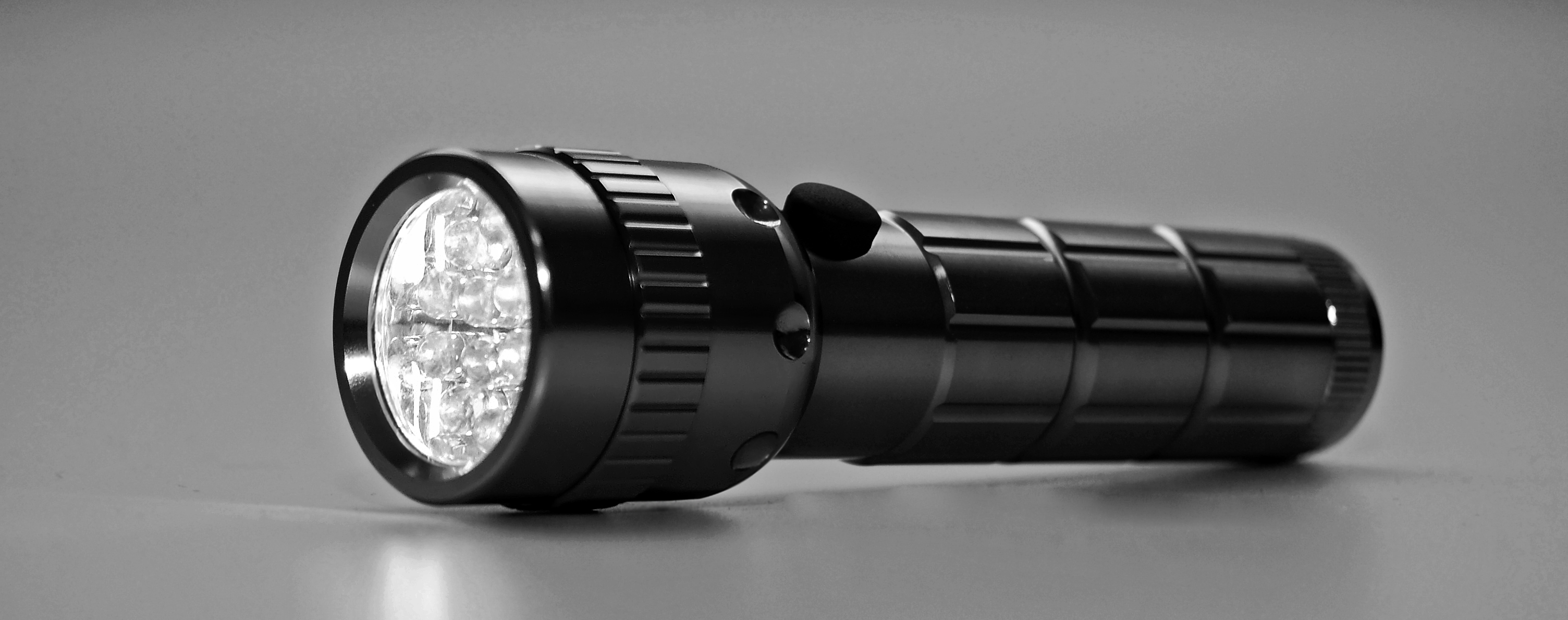
When you lose power, you won't be able to cook, charge your phone, or turn on the lights. It's important to have enough emergency supplies in an easy-to-access place to help you get through a short amount of time without power.
One of the most important things to have in a power outage is a flashlight and extra batteries to light your way and help you navigate around your home safely. You should also have a mobile phone and a back-up battery or power pack in case you need to call for help.
It's also a good idea to store some extra non-perishable food and water in your house in case you can't leave the house right away. And, finally, you should always have a first aid kit on hand in case you hurt yourself in the dark or anything else goes wrong.
Get an Alternative Source of Oxygen

If you use continuous supplemental oxygen from a home oxygen concentrator, you will no longer be able to get oxygen from the device when the power goes out. Both home and portable oxygen concentrators run off of electricity, which is why it's so important to have back-up sources of oxygen.
If you use an oxygen concentrator as your primary oxygen delivery device, it is vital to store some extra liquid or compressed gas oxygen tanks in your home. Xince oxygen canisters don't require electricity to work, that will ensure you have at least a temporary source of supplemental oxygen in case you lose power.
If you live in an area prone to inclement weather or power outages, talk to your oxygen supplier about getting extra back-up oxygen to last you longer in the case of an emergency. You can also call your local energy company ahead of time to let them know you have a chronic disease and life-saving equipment at home; if the power goes out, they might be able to prioritize your area as they work to get the electricity back on.
Get to a Climate-Controlled Place

Even if you don't use oxygen, a lack of power means you can no longer run appliances like your dehumidifier and your air conditioner. As a result, you lose the ability to control the temperature and climate in your house.
During the summer, your home can get dangerously hot without A/C, and you might need to leave if the power stays off for too long. If your house gets too warm or your symptoms get worse, pack up any essentials (including medications) and go to an air-conditioned place until the power comes back on.
For example, if the power goes out during the day, you could go out and spend the afternoon at the library, mall, or other cooled public place to keep yourself out of the heat. For extended power outages you may need to stay with a friend, relative, or at an emergency shelter, especially if the power stays off overnight.
If you run out of supplemental oxygen, experience a serious COPD flare-up, or need medical attention for any other reason, go to a hospital or call 911 right away. A hospital can provide you with supplemental oxygen, a climate-controlled room, and the medical support you need even during a power outage.
Conclusion
Hot weather, allergens, and humidity can make COPD more difficult to manage in the summer, but it doesn't have to mean that you can't enjoy the season. If you prepare and know the right precautions to take, you can find many ways to stay active and enjoy the outdoors without making your COPD symptoms worse.
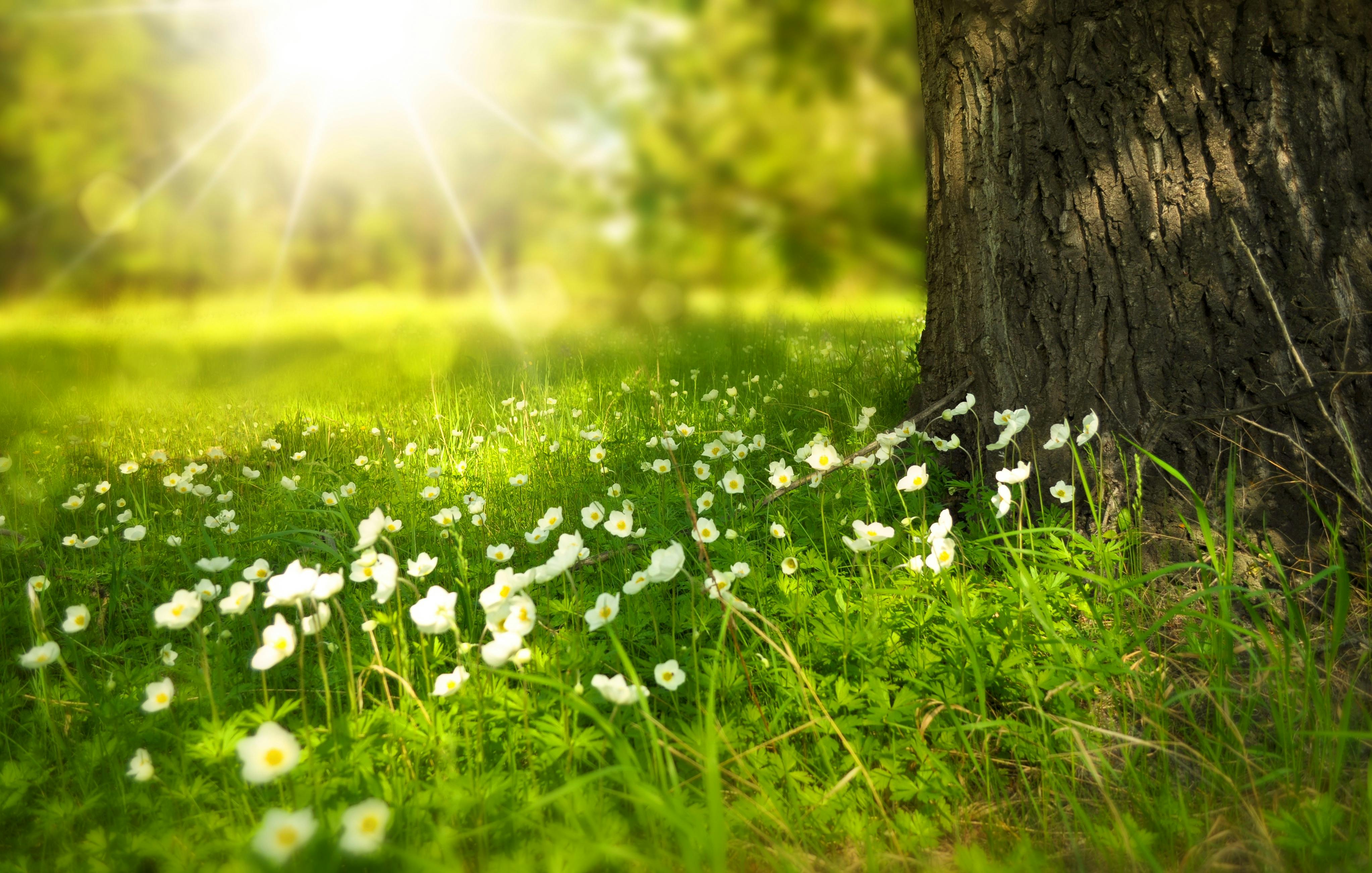
Spending time outside when the weather is nice and nature is in bloom is one of those great pleasures in life that no person should have to miss out on. By using the tips and tools we've discussed in this article, you can take advantage of all the pleasures summer has to offer without endangering your breathing or health.


.png)



